The Endless Dance of Debt: Understanding the Dark Side of Finance
The Endless Dance of Debt: Understanding the Dark Side of Finance
Macro Insights

Ideapreneur Nepal
Created on :
2023-10-15
Download our app for a smooth experience
Total Views:
10 views
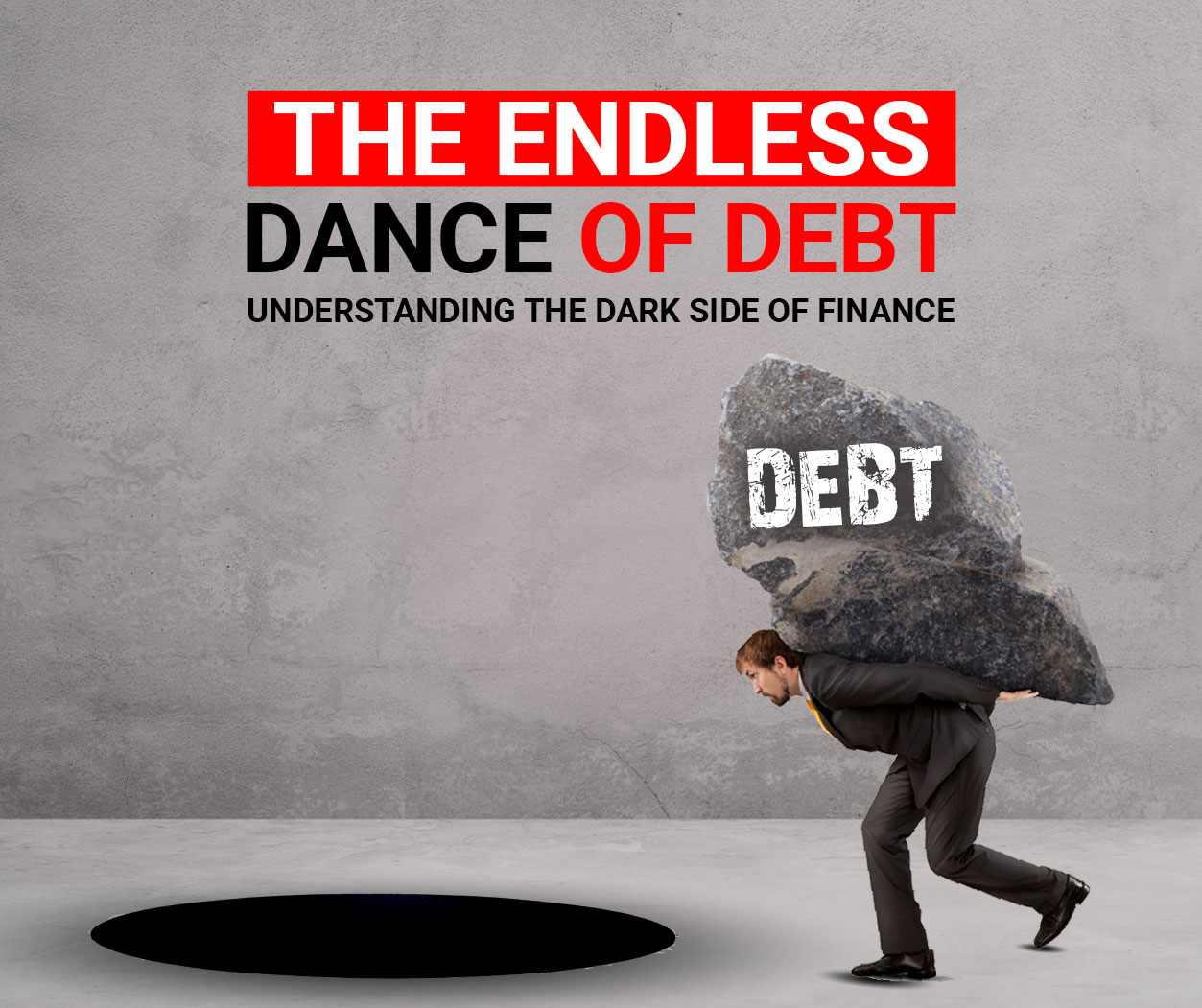
Since the inception of the universe with the Big Bang, our world has witnessed numerous financial crises, each seemingly triggered by different headline causes. Whether it was the infamous Tulip Mania of the 17th century or the catastrophic Great Financial Crisis of 2008, one common thread has persisted throughout history—the role of debt. Behind each crisis, be it the overpriced tulip bulbs or the reckless issuance of Mortgage Backed Securities (MBS), debt has played a pivotal role. However, it's essential to acknowledge that while debt is often painted as the villain, it is not inherently evil. Instead, it's the human flaws, particularly greed, that taint the financial system. In this article, we will delve into the dark side of debt, tracing its origins and exploring its recurring presence in financial crises.
The Evolution of Currency
In the early days of human civilization, the barter system was the predominant means of trade. People exchanged goods directly for other goods, a simple yet cumbersome system. However, a significant flaw lay in the subjective valuation of goods. Everyone placed a higher value on their possessions, making fair exchanges challenging. To address this, humanity centralized the concept of value around a tangible asset—gold. This marked the birth of modern currency.
Gold became the universal medium of exchange. Its intrinsic properties, like scarcity and durability, made it ideal for storing value. This gold standard underpinned global economies for centuries, providing stability to financial systems.
The Birth of Banking and Greed
As is often the case in history, noble beginnings can devolve into greed-driven practices. Goldsmiths, entrusted with storing gold, realized that these receipts were widely accepted as a form of currency. This realization led some to create receipts out of thin air and lend them to those in need, charging interest. This newfound source of profit led to an influx of loans, driving up interest rates, and further fueling the issuance of fictitious receipts. A dangerous imbalance between the amount of currency in circulation and actual gold held in vaults began to emerge.
One notable historical example of this imbalance is the Panic of 1837 in the United States. It was triggered by rampant speculation and excessive lending by state-chartered banks. As more paper money was issued than could be backed by gold reserves, it resulted in a financial collapse that affected businesses and individuals alike.
The Cycle of Prosperity and Debt
When individuals have access to more money than they genuinely possess, they tend to spend more. Increased spending leads to better incomes for producers, resulting in rising prices and an improved standard of living. This cycle of prosperity appears promising until the time for debt repayment arrives. Repayment naturally reduces spending, leading to decreased income and, ultimately, hindered loan repayments. This precarious balance can trigger a financial crisis.
The Great Depression of the 1930s serves as a stark example of the devastating consequences of debt-fueled prosperity. The widespread speculation and stock market crash of 1929 were followed by a prolonged period of economic hardship. It took years of government intervention and policy changes to begin the recovery process.
Debt as an Illusion
A wise individual once remarked that debt is created out of thin air; its value is illusory. When someone uses debt to purchase something, they exchange something tangible for something intangible, ultimately leading to one party being unfairly burdened.
A Cycle Without Culprits
So, who is to blame for this perpetual cycle of financial crises? In reality, there are no culprits. This system is an inherent part of our financial world, and while its manifestations may change, its underlying principles remain constant. It mirrors the laws of the universe, where prosperity and poverty, risk and reward, pain and pleasure, coexist. The financial system resembles a global game of musical chairs, and those who fail to adapt and exercise financial literacy face the consequences.
The Ongoing Debt Crisis
Currently, the world is teetering on the brink of another immense debt crisis. The country hosting the global reserve currency is drowning in debt, and the value of its treasury bonds is plummeting. The global economy is heading toward a prolonged recession, and once again, the cycle of pain has begun. As modern-day goldsmiths find themselves without enough gold to back the receipts circulating, a deeper understanding of this mechanism becomes crucial. The unprecedented level of debt in today's world means that the impending crisis will exact a heavy toll on the lives of many.
The Bottom Line
In the grand tapestry of finance, debt is a persistent thread that has woven its way through history, shaping the rise and fall of economies. While it may often be demonized, it is not the sole villain. Instead, human tendencies, particularly greed, have repeatedly tainted the system. The financial world is a delicate dance between prosperity and debt, and understanding this intricate balance is key to navigating its challenges. As we face an impending debt crisis, it is essential to remember that the cycle continues, and each participant in this financial dance bears a degree of responsibility for their actions. In a world where debt remains an ever-present force, wisdom and caution are our most reliable allies.
Tags:
Global Debt Crisis
Financial Cycle
Global Debt Crisis
Financial Cycle
Leave a comment on this post
Comments

Related Article
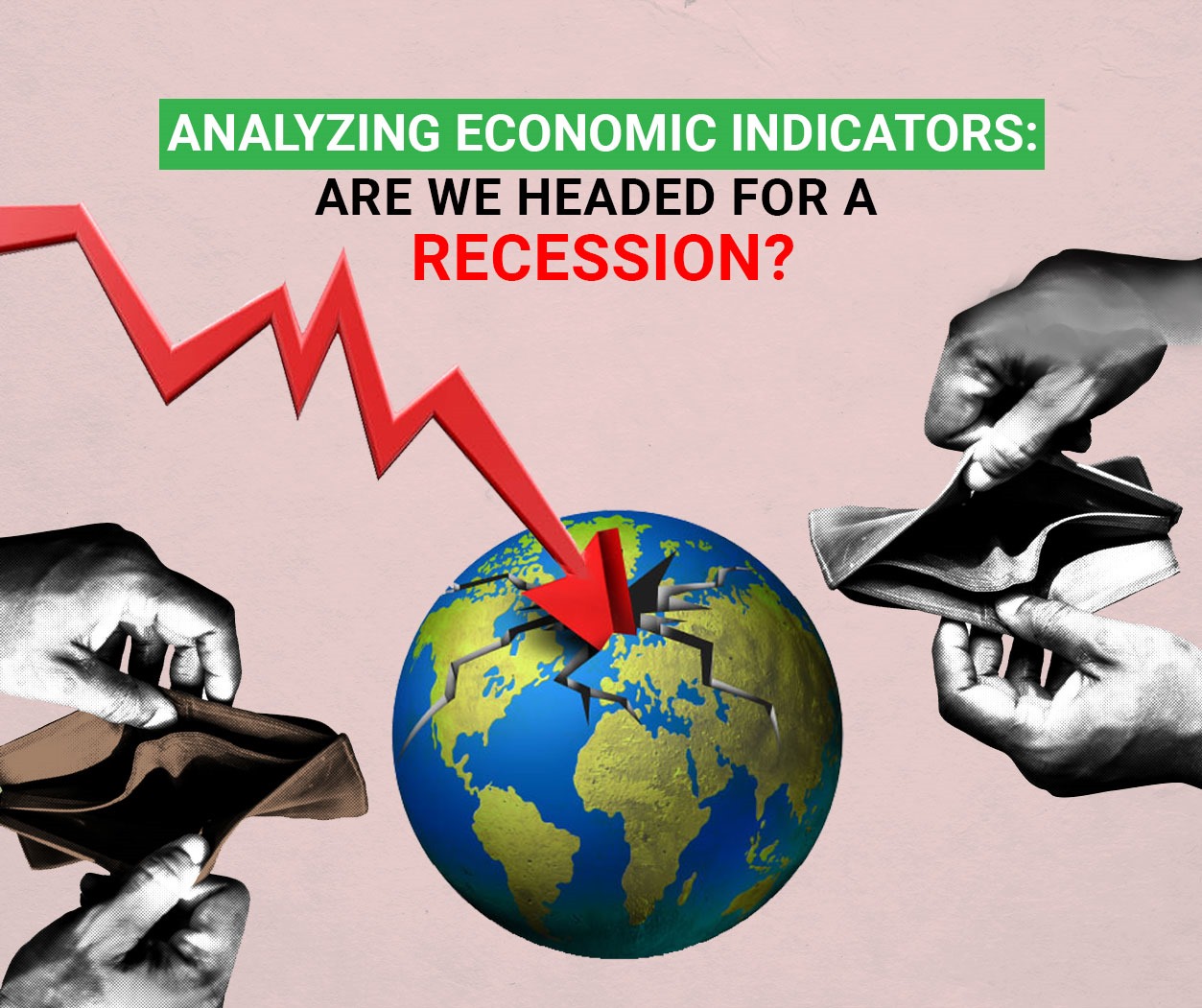
Economics
Reading time : 14 mins
Analyzing Economic Indicators: Are We Headed for a Recession?
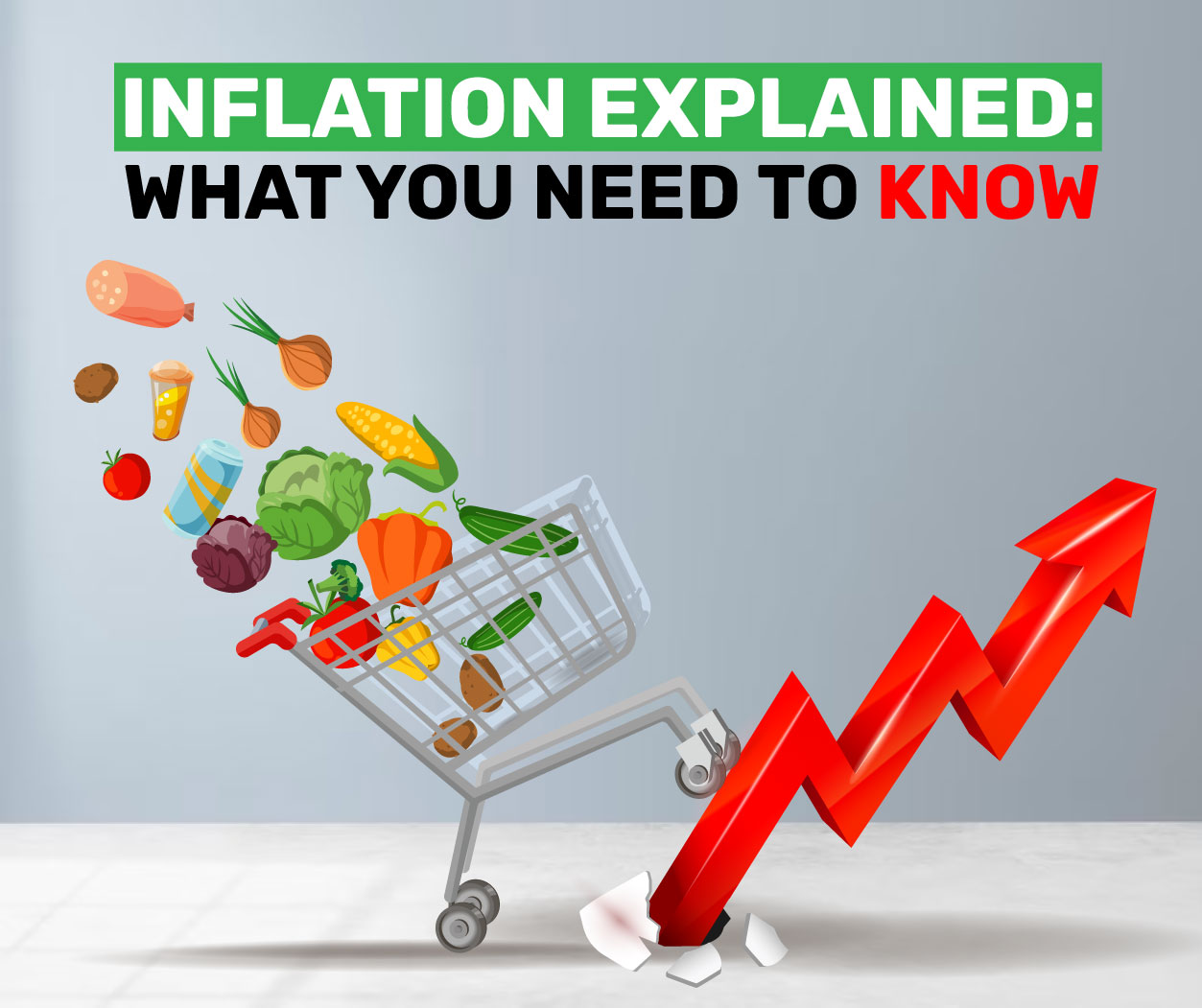
Economics
Reading time : 10 mins
Inflation: Understanding the Basics

Economics
Reading time : 7 mins
How the Insurance Sector in Nepal is Evolving?
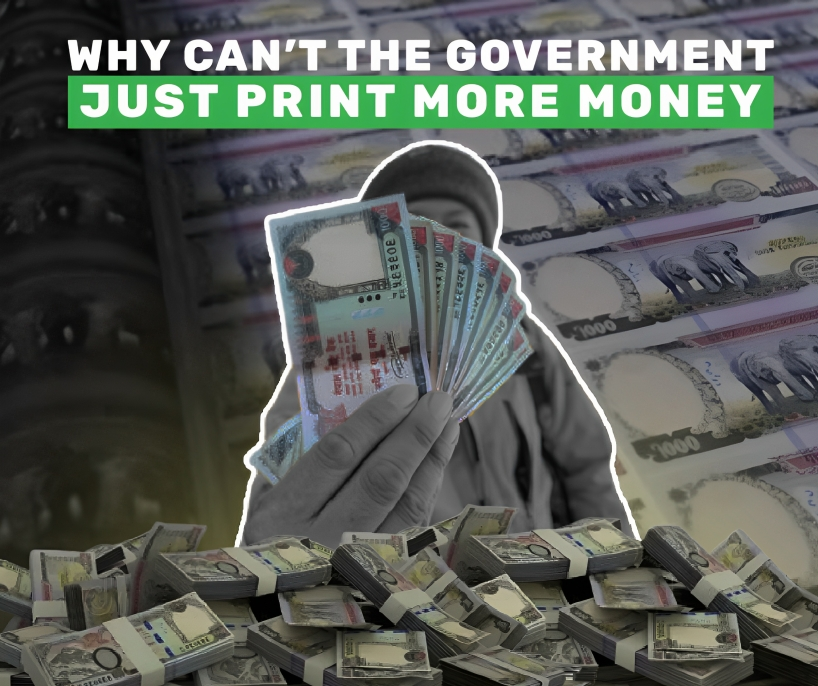
Economics
Reading time : 6 mins
Why Can the Government not Print More Money and Make Everyone Rich?

Economics
Reading time : 7 mins
India's Rice Export Ban and the Potential Global Threat
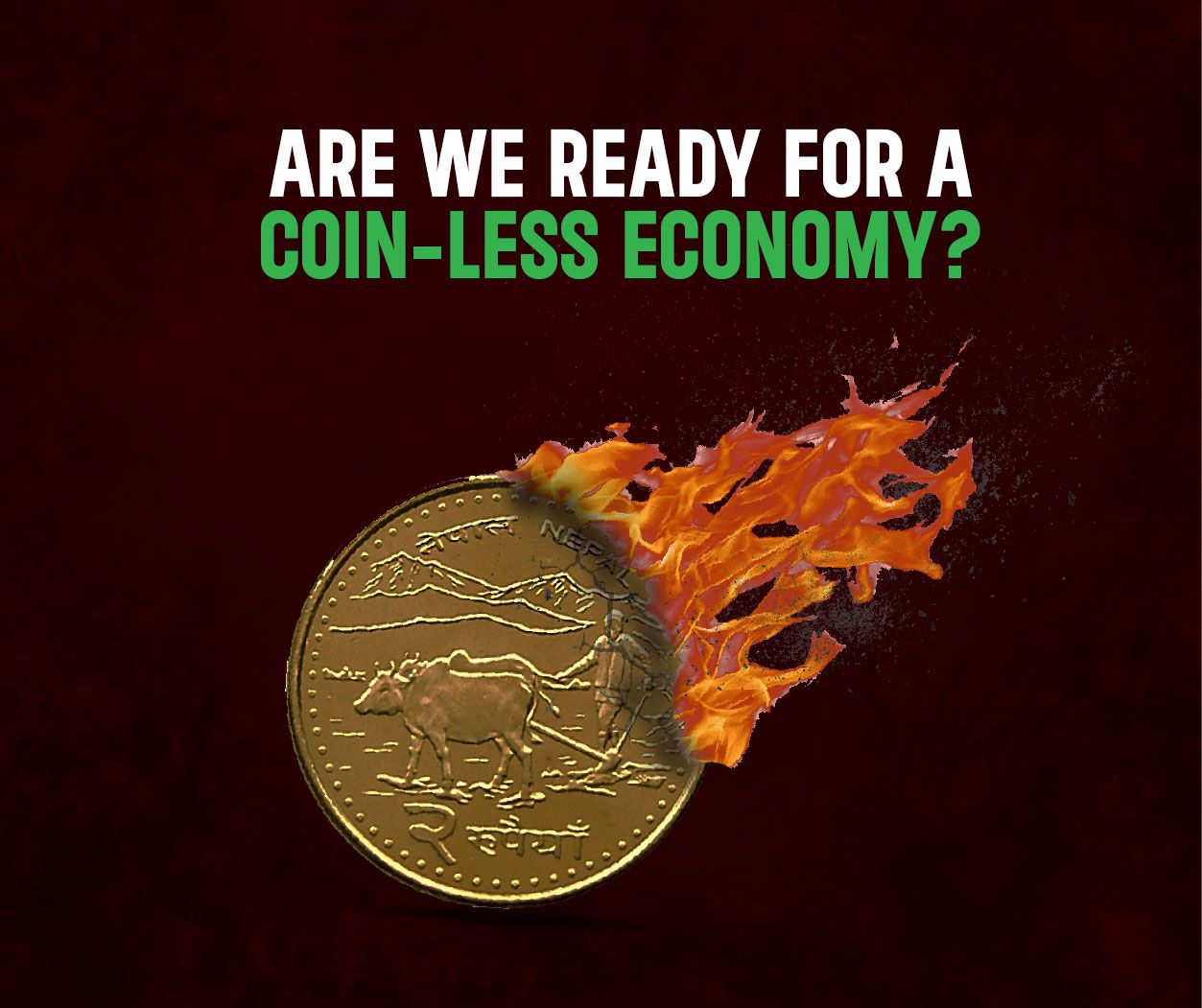
Economics
Reading time : 13 mins
Are We Ready for a Coin-Less Economy?

Economics
Reading time : 6 mins
Cement Industry in Nepal: An Overview
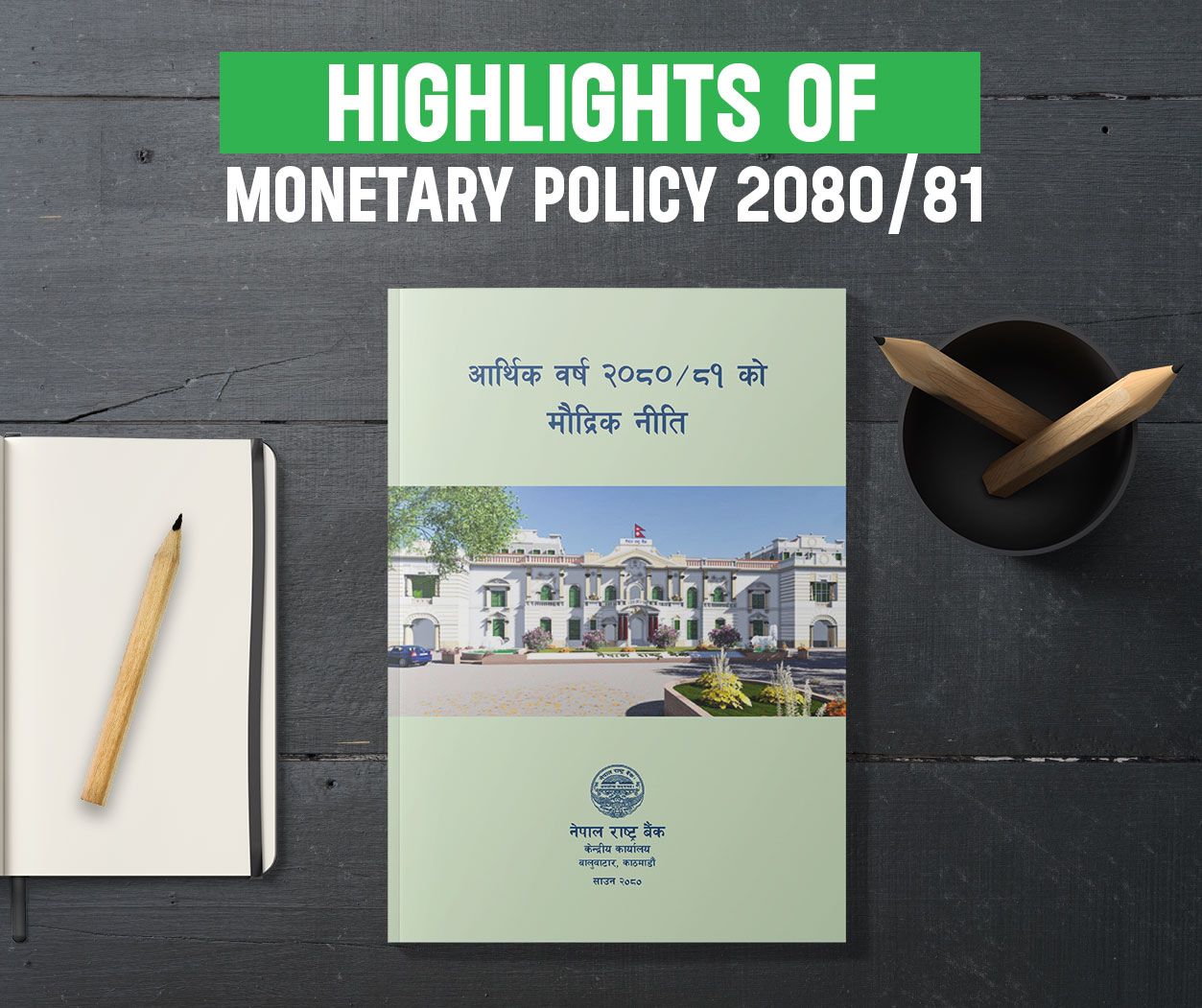
Economics
Reading time : 12 mins
Major Highlights of Monetary Policy 2080/81

Economics
Reading time : 11 mins
Simplifying Monetary Policy: How Central Banks Regulate the Economy

